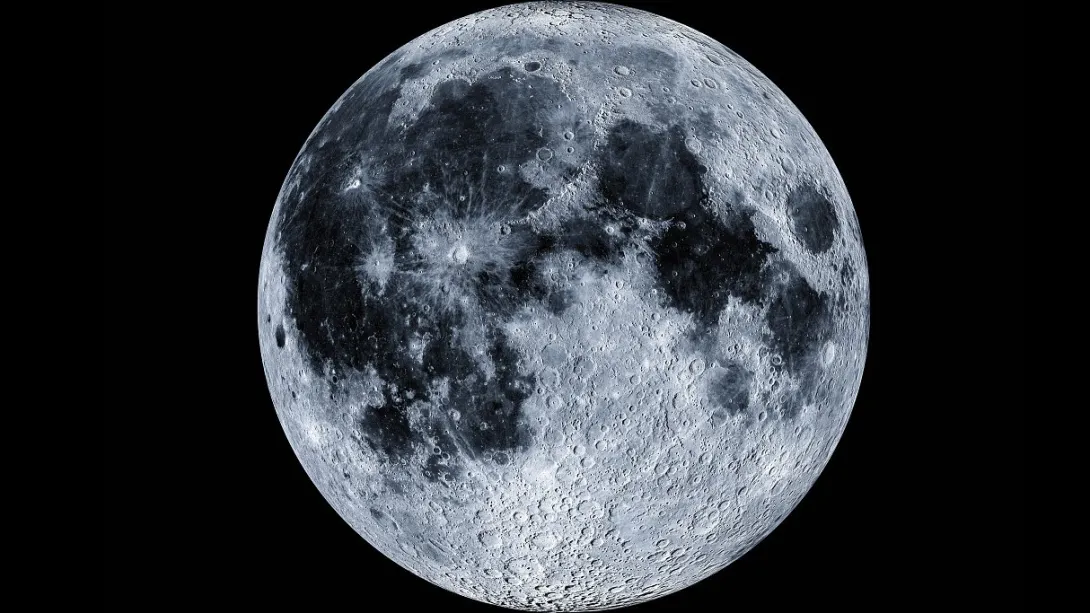China’s recent lunar observations have identified landslides on the Moon triggered by seismic activity, revealing critical information about the Moon’s geological dynamics. Using high-resolution imaging and seismic data from lunar missions, Chinese scientists have documented how moonquakes, though weaker than Earth’s earthquakes, can destabilize slopes and alter surface morphology. This discovery advances our understanding of lunar surface processes, with implications for future lunar exploration, infrastructure planning, and habitat safety. The findings underscore the importance of monitoring seismic activity on extraterrestrial bodies, offering both scientific insights and practical considerations for sustained human presence on the Moon.
Lunar Seismic Activity and Landslides
The Chinese lunar research team analyzed surface features and seismic recordings to identify landslide occurrences directly linked to moonquakes. While the Moon lacks tectonic plate movement, tidal forces from Earth and residual internal stresses generate seismic activity. These moonquakes, although typically lower in magnitude compared to terrestrial earthquakes, have sufficient energy to destabilize loose regolith and cause landslides along crater walls and slopes.
High-Resolution Imaging and Analysis
Advanced imaging technologies aboard Chinese lunar orbiters enabled precise mapping of affected areas. Researchers observed disrupted regolith patterns and material displacement consistent with seismic-induced slope failures. By correlating these physical changes with recorded moonquake events, the study confirmed a direct causal relationship, providing the most comprehensive evidence to date of lunar landslides triggered by internal seismic activity.
Implications for Lunar Exploration
Understanding moonquake-induced landslides is crucial for the safety and planning of future lunar missions. Surface instability poses challenges for constructing habitats, landing sites, and scientific installations. Insights from these studies can guide the selection of geologically stable regions for sustained human presence and inform engineering designs that mitigate risks associated with lunar seismic activity.
Advancing Lunar Science
This discovery also contributes to broader planetary science by illustrating how seismic forces influence extraterrestrial landscapes. The findings provide analogs for understanding surface processes on other celestial bodies with minimal atmospheres and tectonic activity. Moreover, studying the Moon’s seismic behavior sheds light on its internal structure, thermal evolution, and long-term geological activity.
Conclusion:
China’s identification of lunar landslides triggered by moonquakes represents a milestone in planetary geology. By linking seismic activity to observable surface changes, scientists gain critical knowledge for both fundamental lunar research and the practical challenges of establishing a sustainable human presence on the Moon. These findings reinforce the Moon’s dynamic nature and highlight the importance of continued monitoring and study for safe and effective exploration.

Comments